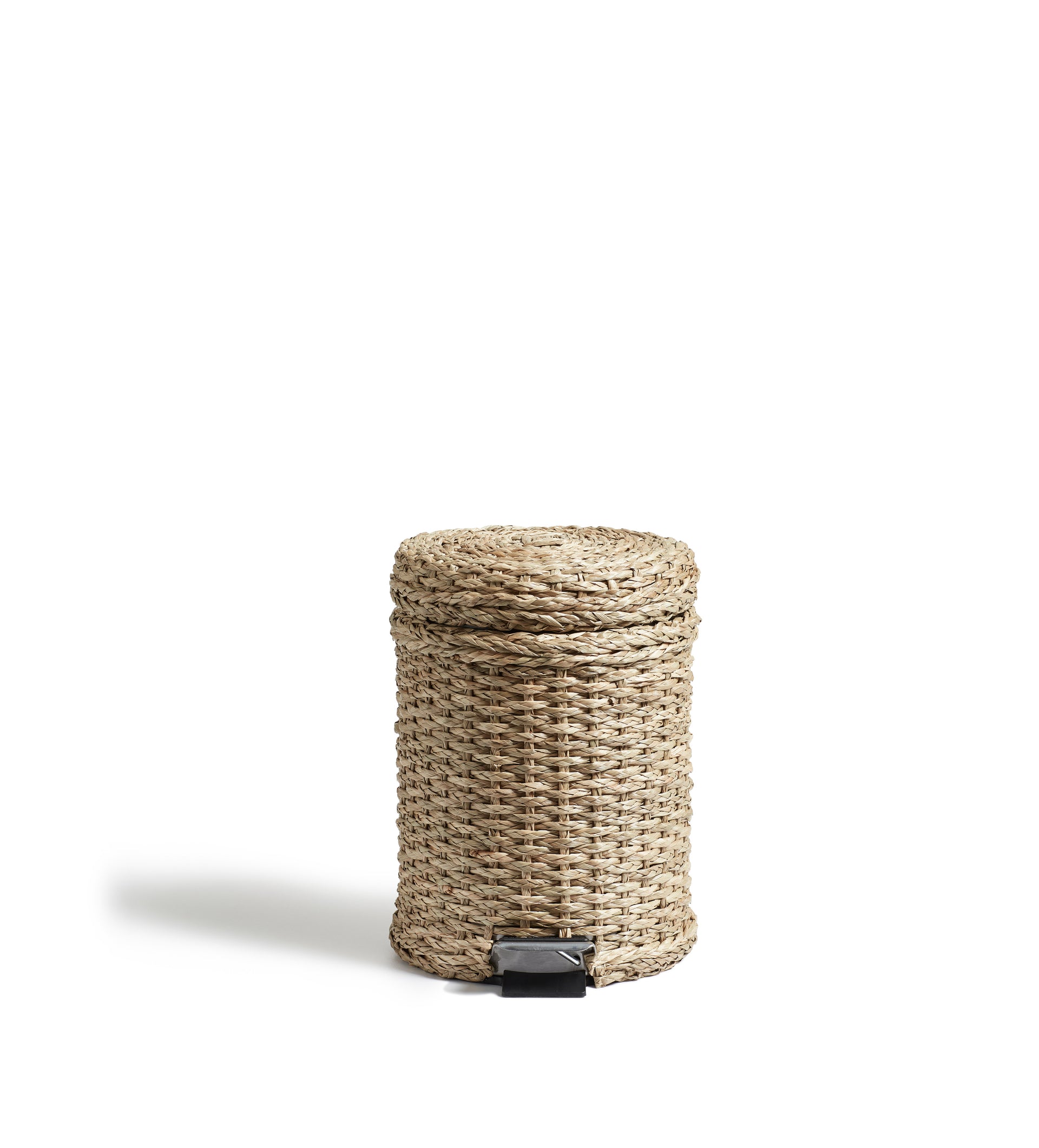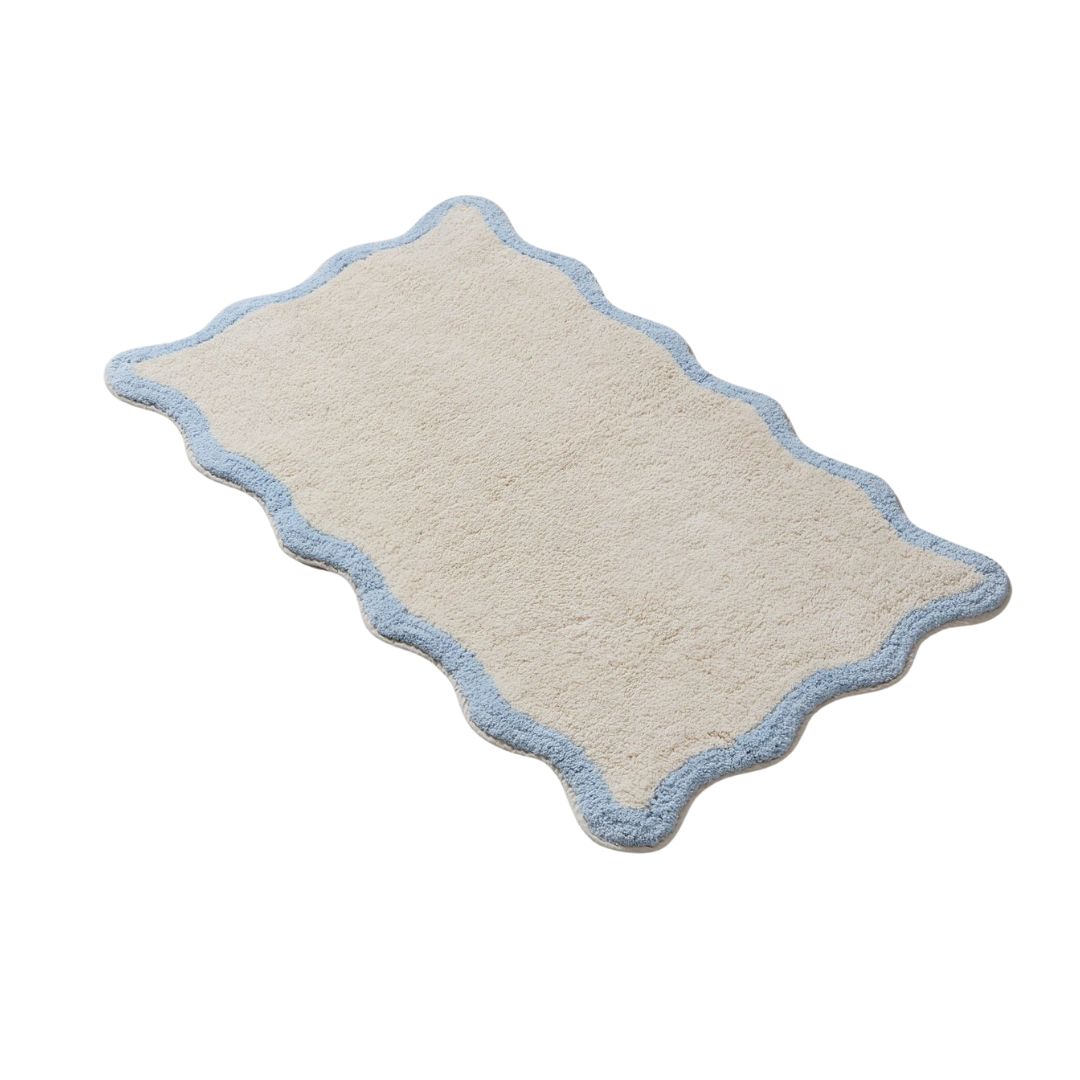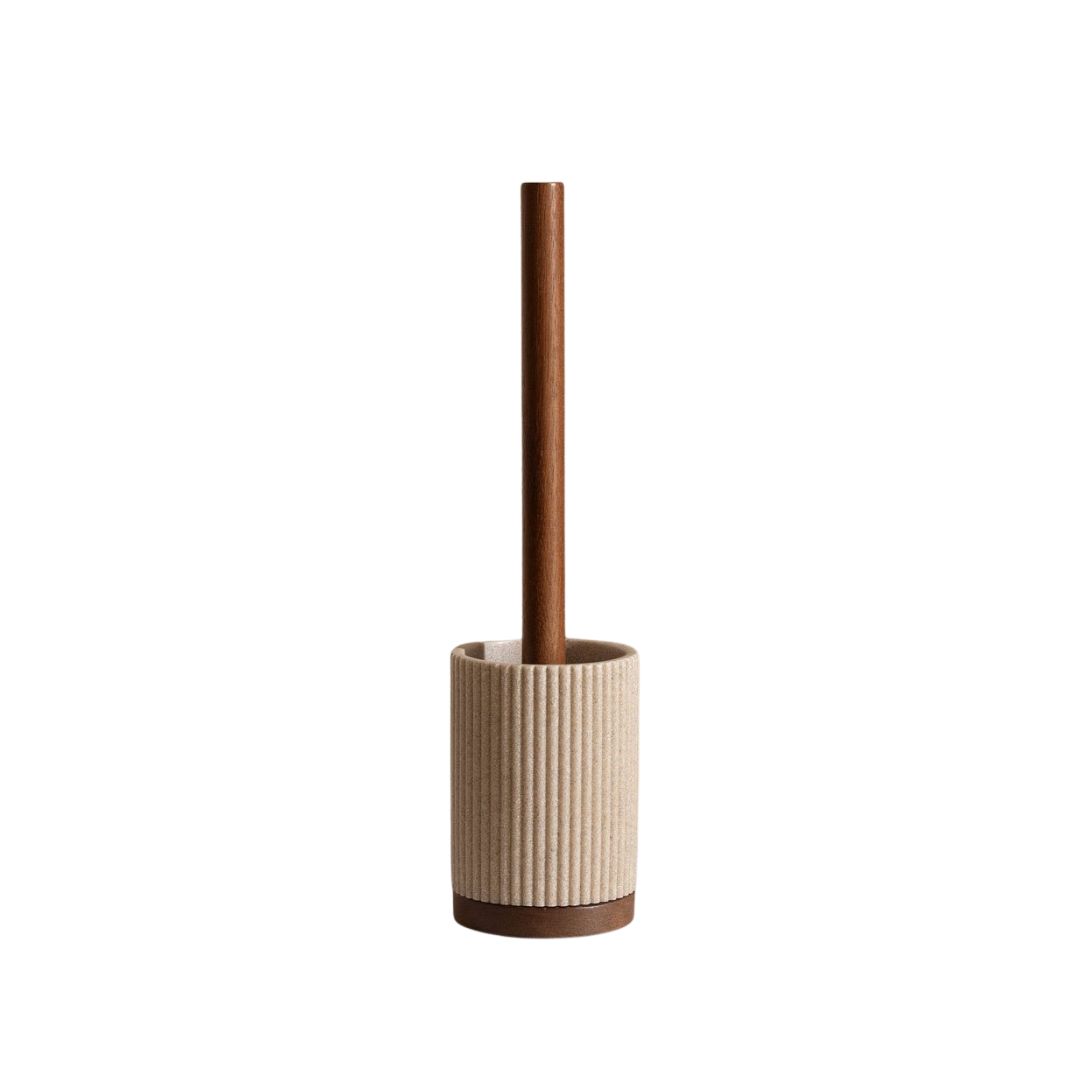Wait, There's a Big Difference Between Floor and Wall Tiles You Have Got to Know About Before You Buy Them for Your Bathroom Remodel
Discover how to strike the right balance between tiling that elevates the design of your space, without forgetting practical essentials such as water-resistance and slip rating

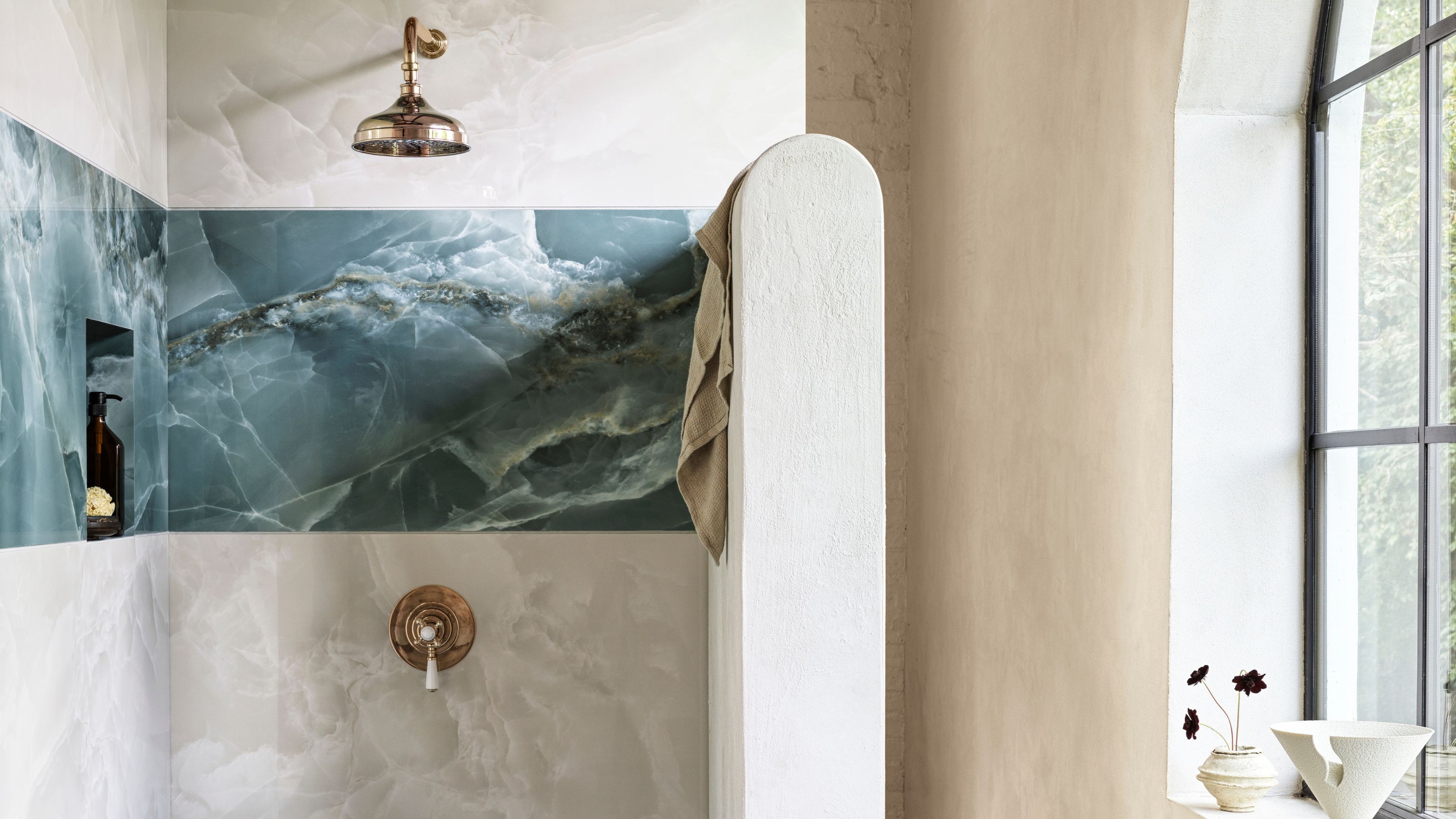
The tiles you choose for your bathroom can make or break the design of the space. And with so many bathroom tile ideas to consider, from quirky patterned units to sleek, spa-like large format designs, it can be easy to get lost in the aesthetics before giving much thought to the practicalities of choosing tiles for the walls vs the floor.
Safety, durability, and ease of maintenance are all vital characteristics to consider when out shopping for tiles to ensure they’re fit for purpose in this busy area of the home. But bear in mind, too, the requirements you’ll need to factor in for wall tiles are somewhat different from what you’ll need to think about when laying tiles on the floor.
Here, we spoke to the experts to get to grips with the essentials for choosing bathroom tiles for the walls and floors, including tile thickness, water resistance, and slip rating.
What's the Difference?
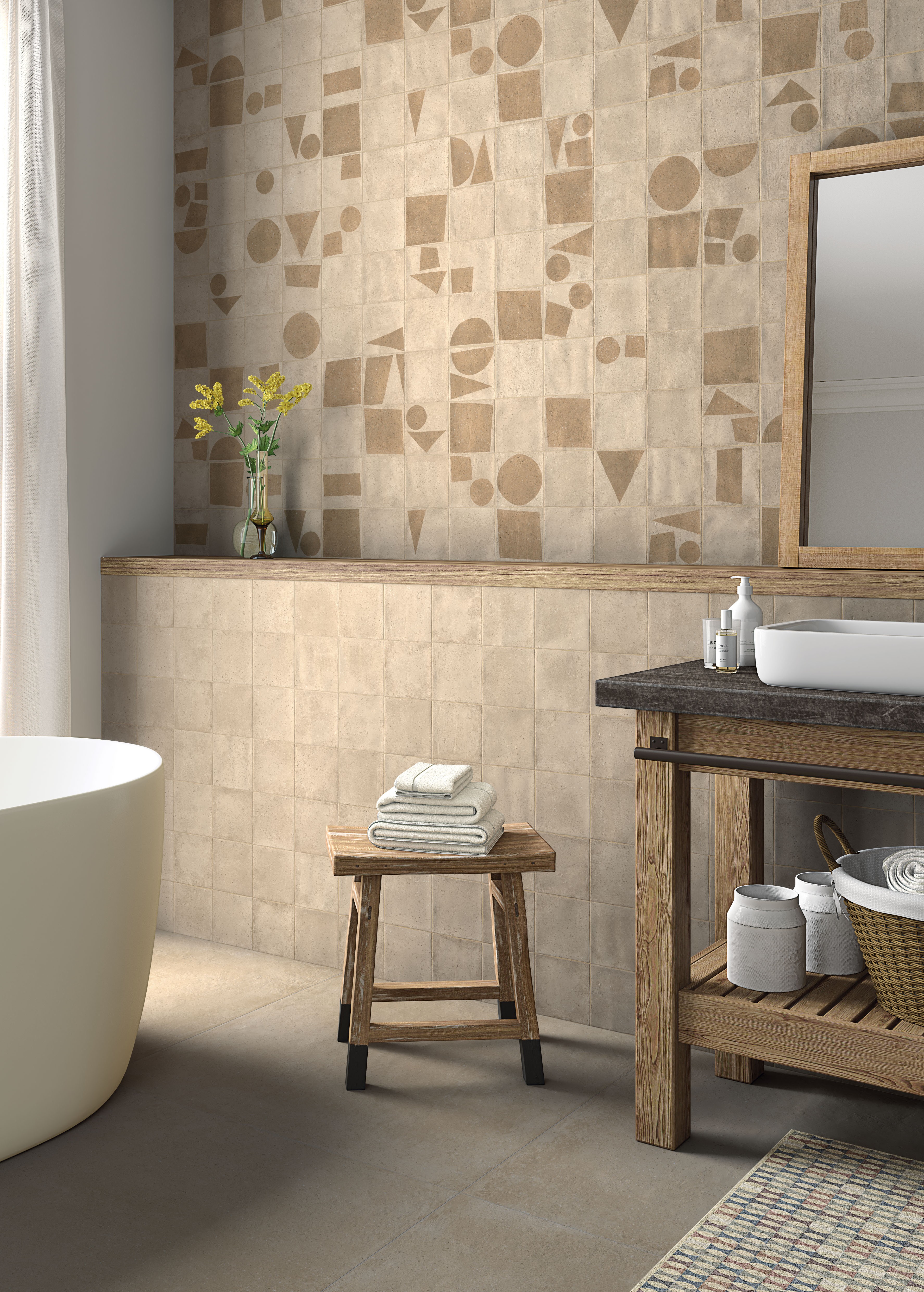
According to Claire Garner from Claire Garner Interior Design Studio, the key difference between wall and floor tiles lies in their durability and slip resistance. “Floor tiles need to withstand heavier wear and typically have a higher slip rating, making them safe underfoot when wet,” she explains.
“Wall tiles, on the other hand, are often lighter and thinner, with more delicate finishes suited to vertical surfaces,” adds Claire. This means that while some tiles can be used across both surfaces, not all will be suitable for these two types of application, so it’s vital to check the specification of your bathroom tiles thoroughly before buying.
Typically, floor tiles can be used on the walls, provided they’re not too heavy. However, floor tiles will usually be thicker and more robust, with a higher slip rating to ensure they’re not a hazard when water gets splashed onto the floor from the shower or bath.
Claire Garner is the founder and director of Claire Garner Interior Design Studio. Known for her warm, timeless aesthetic, she creates beautifully layered interiors that feel both elegant and lived in. Her work blends natural materials, craftsmanship and thoughtful detail to create homes that feel calm, authentic and enduring.
What Tiles Are Best for Bathroom Flooring?
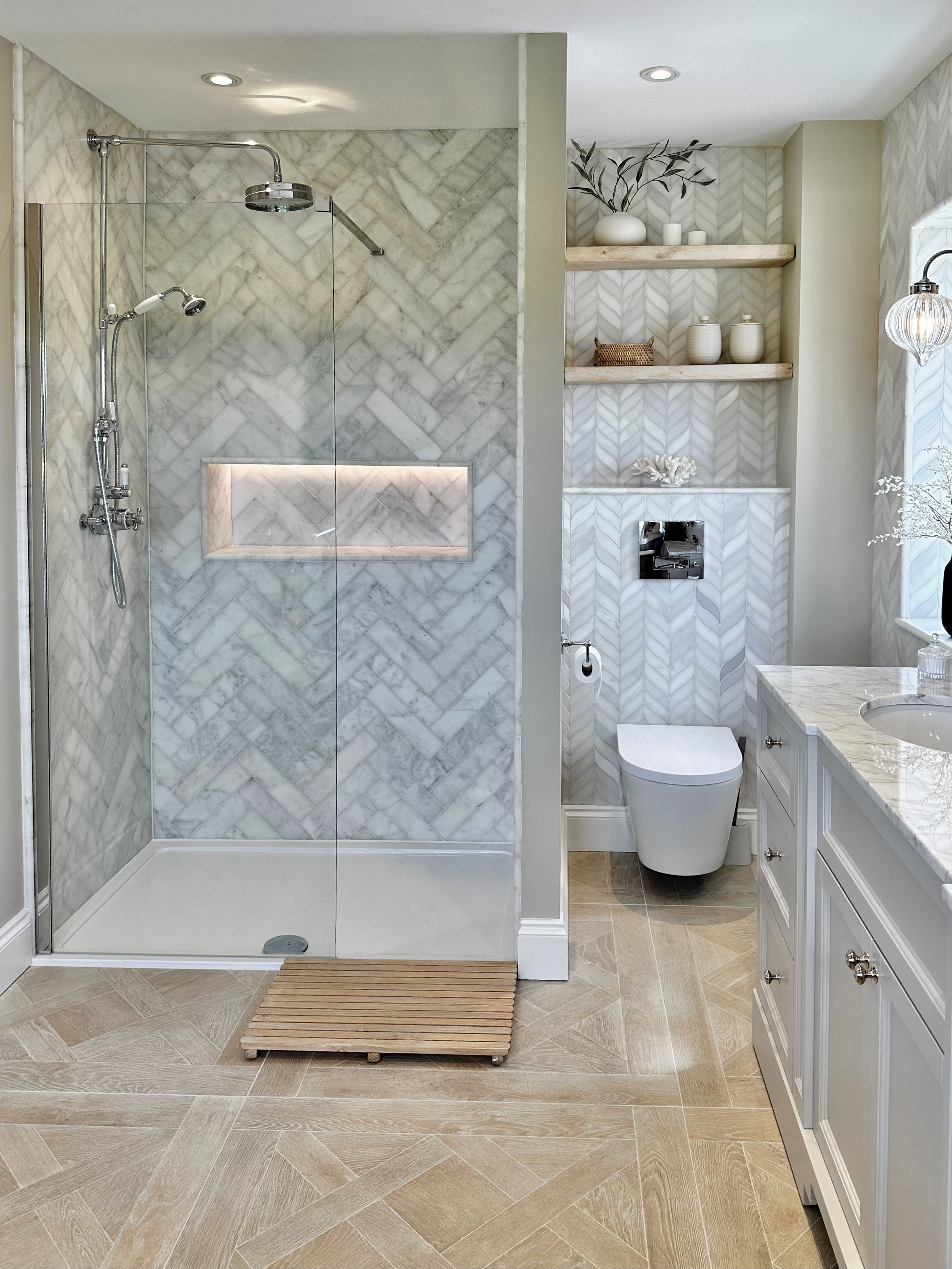
Bathroom floor tiles typically need to fulfil more purposes than wall tiles do — they need to be durable, easy to clean, and not too slippery when wet. “Porcelain tiles tend to be the safest bet: they’re tough, low-maintenance, and usually more affordable than natural stone or handmade options,” says Leo Wood from Kinder Design.
The Livingetc newsletters are your inside source for what’s shaping interiors now - and what’s next. Discover trend forecasts, smart style ideas, and curated shopping inspiration that brings design to life. Subscribe today and stay ahead of the curve.
When specifying floor tiles, double-check the manufacturer’s notes to find out the tile’s slip rating, which is often shown as an R rating. “The higher the rating, the better grip it offers underfoot,” says Leo.
R9 tiles offer the lowest slip resistance and are generally only suitable for dry areas in the home. At the other end of the spectrum, R13 tiles offer the best slip resistance and work well in wet environments like bathrooms and wet rooms. Anything from R10 upwards should be fine for the bathroom floor.
For the floor, it’s vital to select a dense, robust tile that can withstand regular footfall and is water resistant, too. Naturally porous materials like wood or natural stone require much more maintenance than porcelain or ceramic floor tiles. For instance, natural stone needs to be re-sealed periodically, and splashes need to be cleaned up right away, as they can stain.
If, however, you’re drawn to these types of finishes, choose a tile that recreates their natural appeal. “Opt for a ceramic tile that mirrors the beauty and texture of wood or natural stone with the added benefit of durability, sustainability, and low maintenance,” says María D. Arraez from Tile of Spain.
María D Arraez is a director at the Spanish Embassy in London and the UK representative for Tile of Spain. She promotes the creativity, innovation, and versatility of Spanish ceramic tiles, helping connect the industry with British architects, designers, and specifiers.
Leo Wood is the founder of Kinder Design, an interior design studio based in South East London that specialises in creating colourful, sustainable and calm spaces for residential and commercial clients. Leo designs spaces thoughtfully and confidently, delivering interior spaces which are pared back and still full of personality. At Kinder Design, we believe that intelligent and human centred interior design and architecture can improve the quality of life and wellbeing of people, whether at home, work, or in the community.
What Tiles Are Best for Bathroom Walls?
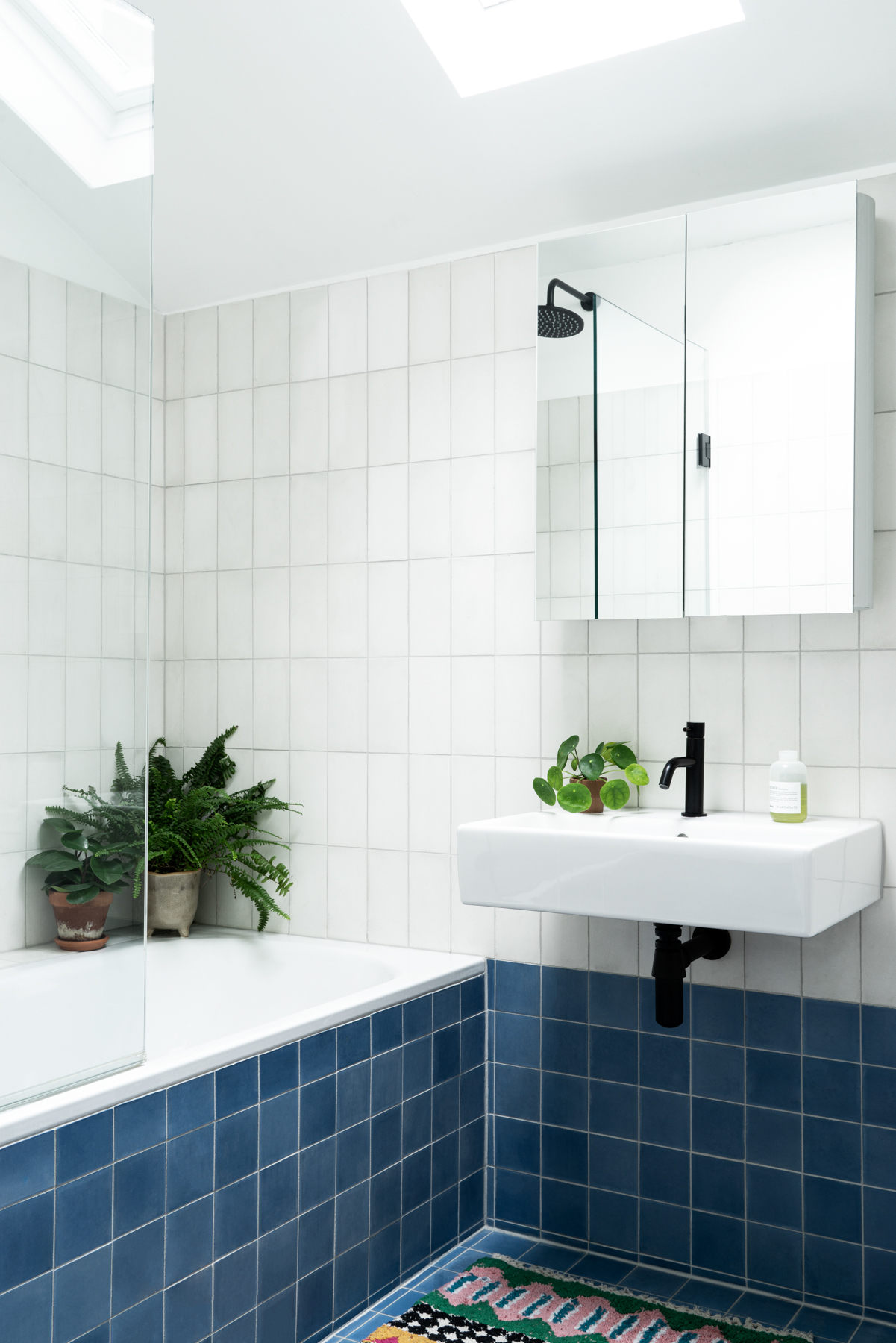
When selecting tiles for the bathroom walls, you have a lot more flexibility – which means it’s easier to make a design statement when picking out tiles for this area.
“Wall tiles are one of the easiest ways to add character to a bathroom,” says Lee Thornley from Bert and May. “If you’re aiming for a bold look, think about using patterned tiles to create a striking focal point or even a mural-like effect.”
María from Tile of Spain agrees, though also notes the importance of double-checking the weight of large-format tiles to make sure they’re not too heavy to affix to the walls.
“There are really very few restrictions when it comes to choosing wall tiles,” she says. “With unlimited tile layouts, patterns, colors and designs, make a statement with your design to create wow factor, no matter the size of your bathroom.”
Bathroom Must-Haves
FAQs
How to Tell the Difference Between Floor and Wall Tiles
The manufacturer’s specification should tell you everything you need to know. Remember — floor tiles are usually thicker, denser and have a matte or textured surface finish to help with grip. “Wall tiles are often thinner and may have a glossier finish,” says Claire. “If a tile is suitable for both applications, it will usually say so clearly.” If you’re unsure, make your way to a showroom to examine the tiles in person, or if you’re shopping online order samples.
Can I Use Bathroom Wall Tiles on the Floor?
The short answer is – it depends. As a rule of thumb, keep in mind that (usually) all tiles can go on the wall, but not all tiles can be laid on the floor. If a tile is suitable for use on the floor, it’s almost always okay to use it on the walls, too – providing it’s not too heavy. However, the reverse is not true, so check the manufacturer’s guidance to find out details such as the slip rating, thickness etc.
“For example, you can use encaustic tiles across both a floor and wall and it can look really strong to use the same tile finish across both plains,” says Leo. “I particularly love encaustic tiles for their matte, tactile surface finish and artisan feel.”
When it comes to choosing tiles for your bathroom’s walls and floors, the bottom line is that you should take your time and triple-check the manufacturer’s guidelines regarding the slip rating, water resistance, and weight. It’s not easy to change the tiles once they’re in, so don’t be hurried into making a decision if you aren’t completely happy with everything.
The color, pattern and shape of tiles you select, for both surfaces, has the potential to define the aesthetic of the space, and could make the difference between a bathroom that’s vibrant and unique, vs one that feels drab and poorly thought out. Bold colors, geometric patterns, and contrasting textures can all work hand-in-hand to establish a scheme that feels tailored and design-led.
“If you’re torn between something safe and something bold, I’d usually suggest leaning into the bolder choice – especially in a smaller bathroom, where you can afford to be a bit more expressive,” says Leo.

After starting my journalism career at a luxury property magazine in Bangkok, I re-located to London where I started out as a sub-editor and features writer. I later became the features editor of a popular self-build and renovation magazine, where I delved into the world of structural systems, eco tech and smart homes. I went freelance in 2017 to pursue my dream of becoming a yoga teacher, but I still write for numerous titles in the homes and interiors sector, including Grand Designs, Ideal Home, Livingetc, Homebuilding & Renovating and Build It. I write a range of articles, from design-focused features to real life case studies.
